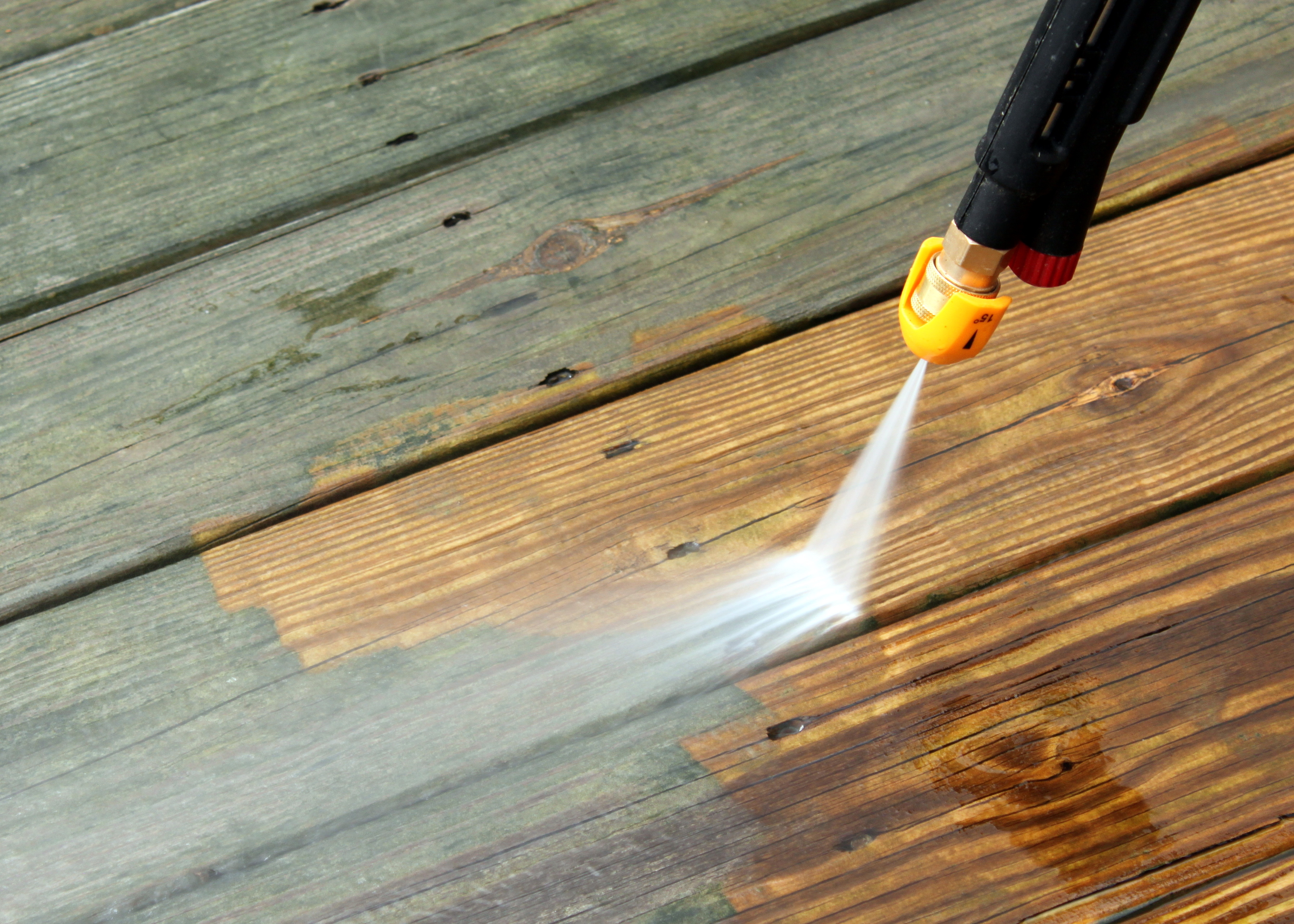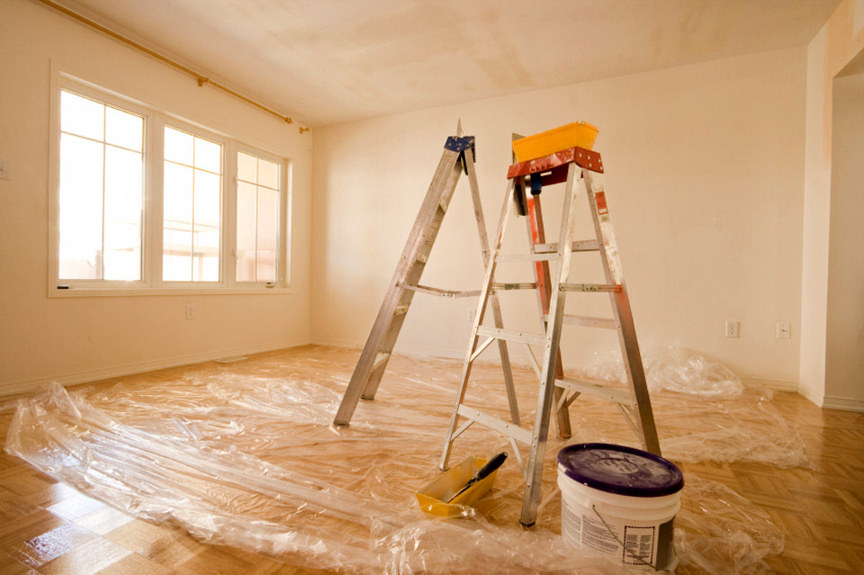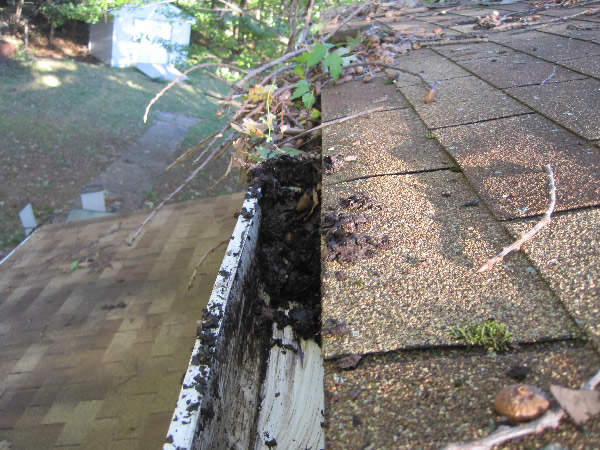One aggravating toilet malfunction occurs when water constantly runs into the bowl. Use these step-by-step instructions to fix a leaking toilet.
TOOLS
- slip-joint pliers
MATERIALS
- ballcock assembly
- flapper
Inspect the Float and Inlet Valve
Take a look inside the tank. If the water level rises above the overflow tube, the problem may be with the float or the inlet valve on the ballcock. Remember that the float rises with the level of the water and tells the inlet valve when to shut off the flow. If this mechanism doesn’t work properly, the water keeps rising until it spills through the overflow tube and into the bowl (Image 1). To check the inlet valve, flush the toilet and, as the water rises, gently lift the rod that holds the float (Image 2) until you hear the water stop. If the water stops, the inlet valve is OK, and the problem is caused by the float.
Adjust the Float
A screw at the top of the ballcock allows you to adjust the level of the float. With this adjustment, you should be able to reduce the level to which the water rises in the tank. If the adjustment fails to stop water from running into the overflow tube, the problem may be with the float itself. For instance, if the float has a hole in it and lies too low in the water, it never rises enough to trip the inlet valve. Check to see whether the float needs replacing. A new rod and float are easy to replace and cost only a few dollars.
Turn Off the Water
If you test the inlet valve as described above and the water doesn’t stop, the problem is with the ballcock itself. Though it’s possible to repair a broken ballcock, it’s usually best to replace the whole assembly:
After turning off the water at the shutoff valve, flush the toilet and hold down the handle to remove most of the water from the tank. Remove the excess water at the bottom of the tank with a sponge.
Replace the Assembly
Remove the supply line that connects to the bottom of the ballcock at the base of the tank. Use slip-joint pliers to remove the nut securing the ballcock to the tank.
Pushing up from the bottom, lift out the assembly.
Drop the new ballcock assembly into place. Thread on a new nut from underneath the tank, and tighten with slip-joint pliers. (Don’t overtighten the nut, or you could crack the tank.) Reattach the supply line.
Inside the tank, clip the new refill tube in place. Turn the water on at the shutoff.
Test the Flapper
If you’ve checked the water level in the tank and it’s not rising above the overflow tube but you still hear or see water leak into the bowl, the second possible source of the leak is around the flapper. Testing for this is simple: turn off the water supply at the shutoff valve, then wait to see whether the level in the tank drops. If it drops noticeably after about 15 minutes, the problem could be a flapper chain that’s too tight, preventing the flapper from dropping all the way into the seat, or a leak in the flapper.
Replace the Flapper
Replacing a flapper is easy. The first step is to drain the tank.
Turn off the water at the shutoff valve, flush the toilet and hold down the handle. There may be a little water left in the bottom of the tank, but don’t worry about it.
Wipe the flapper seat with a clean cloth to make sure it’s free of debris, and check it for cracks or splits.
Check the flapper to make sure it’s not torn and that it fits tightly against the seat. If the flapper is damaged or worn, pull it loose and replace it. Just pop a matching flapper onto the hinges at the base of the overflow tube.





